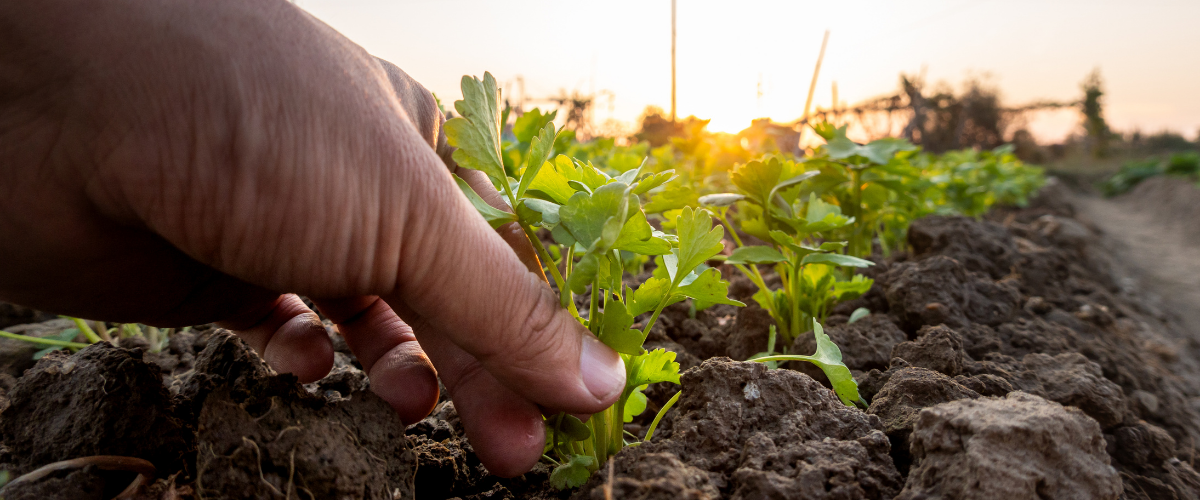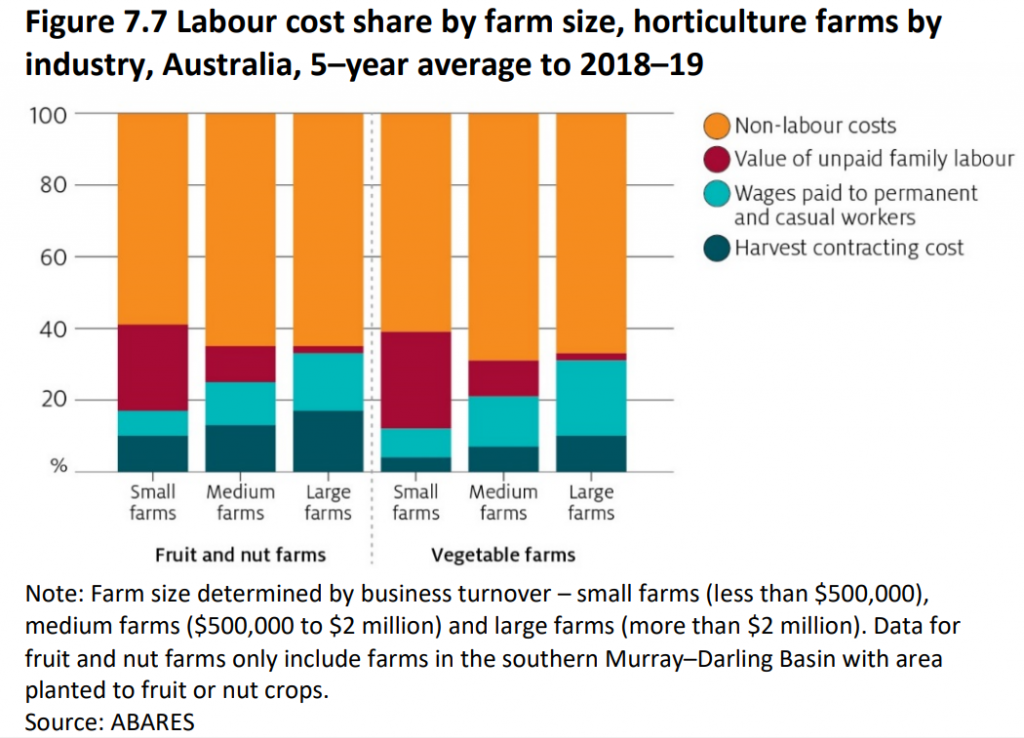AUSVEG Advocacy Update – 4 November 2022
Workforce Special
Agriculture Workforce Tripartite
Following the Jobs and Skills Summit in September, Agriculture Minister Murray Watt and a selection of unions and agriculture bodies joined forces to establish the Agriculture Workforce Tripartite, a group dedicated to addressing the short- and long-term workforce issues in the agriculture supply chain.
Members met for the first time on 21 October 2022, and agreed on:
- The importance of promoting agriculture as a career of choice.
- The right of workers to good pay and working conditions.
- The delivery of skills and training programs for agriculture.
- The need to address the serious skills and labour shortages.
The group will meet again on 15 November 2022 to focus on skills, training, and migration.
Members of the Agriculture Workforce Tripartite include: Agriculture Minister, The Australian Council of Trade Unions, NFF, NFF Hort Council, Australian Workers Union, Australian Meat Industry Council, Australian Meat Industry Employees Union, United Workers Union, Australian Dairy Farmers, and the Department of Agriculture, Fisheries and Forestry.
Please see the media release from the Minister of Agriculture, Murray Watt here.
AUSVEG has been an active member of the NFF Hort Council, which is represented on the Agriculture Workforce Tripartite, and will continue to engage and push for the needs of the vegetable and potato sector.
Current advocacy AUSVEG is doing around Workforce
AUSVEG has been heavily involved in the labour space, tackling the issue from both a long- and short-term perspective. We have been supporting growers accessing labour through the Horticulture Industry Labour Agreement and the Company Specific Labour Agreement. We have been heavily involved in consultations regarding the PALM Scheme and are currently working on various informative and educational resources to promote the industry to the public and to school-aged students who are considering their career paths.
We are currently advocating for:
- The Australian Agriculture Visa or a Harvest Visa.
- Expansion of the PALM scheme to re-engage countries and investigate new countries.
- The development of affordable accommodation for farm workers.
- Implementation of a National Labour Hire Licensing Scheme
Exposing primary and secondary students to agriculture through curriculum, farm excursions/ incursions.
Our Horticultural Workforce
There is a direct link between labour shortages for growers and the increased prices for fresh food. With produce going unpicked, there is less supply going to market, which increases demand for fresh produce in the market, making it more expensive given the economic relationship between supply and demand.
Growers are desperate for workers at all levels and stages of their production, from management to picker/packers to mechanics. Labour costs make up a significant proportion of the overall cost of production on horticulture farms. For small, medium, and large farms it is over a third of all costs (see Figure 1).
Figure 1
The vegetable industry specifically is a labour-intensive industry that requires a great number of workers along the supply chain. The horticulture industry is short 10,000 individual workers, which equates to many more roles as workers follow the harvest trail for seasonal work.
As a result of worker shortages, growers have had to slash crops and/or plant less. This has hampered business growth and prevented them from expanding and investing in their businesses.
The labour shortages have meant food has gone unpicked, which will mean empty shelves and more expensive food. Increasing the cost of living for everyday Australians.
The graph below shows the workers that makeup the workforce on vegetable farms and the number of contract and permanent workers. Both PALM scheme and Working Holiday Makers (WHMs) make up a significant portion of the horticulture workforce.
During harvest periods, a workforce can swell from 20 to 200-300 workers on a large property. The graph below (Figure 2) shows the total number of workers across small, medium, and large vegetable farms and shows that half of the workforce is contracted for a set period during harvest.
Figure 2

Impacts of COVID on the workforce
The repercussions of the decisions made during COVID are now in full swing, as seen in Figure 3. During COVID, international workers departed Australia in two waves at the start of the pandemic, though some were unable to go home for nearly two years. Only since the beginning of 2022 have international workers returned to Australia. But the numbers are still well-down on previous years (Figure 4).
Figure 3
Figure 4
According to ABARES from January 2020 to October 2021, the number of WHMs in Australia declined by 80% from 141,000 people to around 29,000 people (Figure 4). ABARES estimates that around 25–30% of all WHMs were employed in horticulture before COVID-19.
Impact on wholesale prices
Figure 5 shows that 2022 wholesale prices are much higher than the past three years for the identified vegetables, which can be linked to the significant floods in 2022 and ongoing worker shortages.
It is also worth noting that there was little variation in the wholesale prices of these vegetables for 2019, 2020, and 2021, despite all the challenges of COVID, the significant increases in prices for critical farm inputs (such as fertiliser and fuel), the labour shortages, the border closures. The price of vegetables was able to remain relatively stable because growers are shouldering the increase in costs without receiving a fair price for their produce.
Figure 5
 Labour opportunities for growers
Labour opportunities for growers
Growers can recruit international workers via the following visa schemes:
AUSVEG has developed a factsheet that explains each of these visas and the roles that they cover. Please note that the Australian Agriculture Visa is being integrated into the PALM scheme. AUSVEG is working closely with government to push the needs of industry and ensure that the PALM scheme aligns with the needs of growers.
Other opportunities:
- The Company Specific Labour Agreement (CSLA)
- This visa cover roles which are not already covered by an industry labour agreement. The HILA currently only covers 31 occupations in horticulture but does not include harvest roles which is covered in this visa.
- The Training Visa (Subclass 407)
- This allows internationals to undertake training to improve their skills and gain industry experience in their field of study/work. This is a two-year visa.
Upcoming:
The new Pacific Engagement Visa (PEV) will start in July 2023 and allow visa holders to come to Australia with their family. The PEV is separate from the PALM visa and is intended to create permanent migration pathways. You do not need to be a PALM worker to apply for the PEV.
Up to 3,000 visas will be allocated annually by a ballot process across Pacific countries and Timor-Leste. Those selected from the ballot will be invited to apply for permanent residency once they have secured a written employment agreement in Australia and meet other migration requirements.
Details on the process are still being finalised, but PALM scheme participants in Australia on valid temporary visas will also be eligible to apply for the PEV ballot when applications open.
The PEV will take into consideration previous migration history of applicants. If you have breached Australian visa conditions in the past, your application may be rejected.
The visa is currently in the early stages of design and more information will be provided when it becomes available.
ManyBusyHands
ManyBusyHands helps match backpackers to 24,000 agricultural businesses and 3,500 accommodation facilities around Australia. Backpackers can enter their qualifications, skills, and experience into their profile for businesses to see.
ManyBusyHands founder Geoff Quinn has highlighted the stream of highly skilled backpackers coming to Australia, eager to build experience and start a career.
Check it out next time you have an availability!




